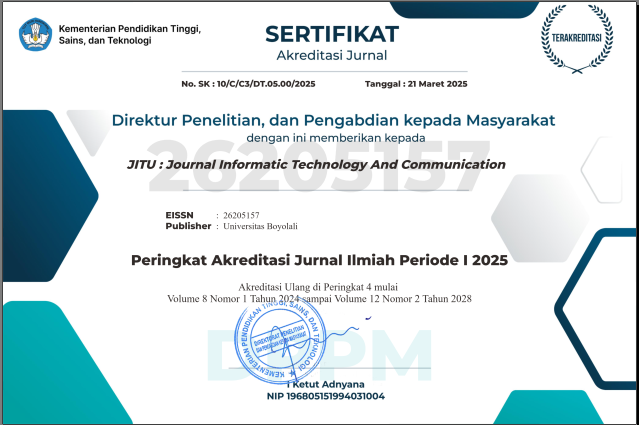Metode Offline Forensik Untuk Analisis Digital Artefak Pada TOR Browser Di Sistem Operasi Linux
Keywords:
Browser Forensic, TOR, Linux, Offline ForensicAbstract
The rapid development of the IT world has covered all aspects of life and among IT technology products is the creation of Operating Systems and Web browser applications. Privacy in the use of IT in the open era is now highly expected, therefore now widely developed Operating Systems and Web browser applications that have facilities to protect user privacy. Linux and TOR Browser is a combination that is widely used in the field of security, but unfortunately many are misused by the person in a crime. The motivation to use both is to eliminate or minimize the digital footprint of the browsing activity so that it will complicate the search of digital evidence in a crime. This research proposes a framework of stages for TOR Browser analysis in Linux Operating System which aims to provide solution in forensic investigation using offline forensic method. The use of offline forensic methods to obtain detailed information from a digital proof on a computer in a off state




1.png)









